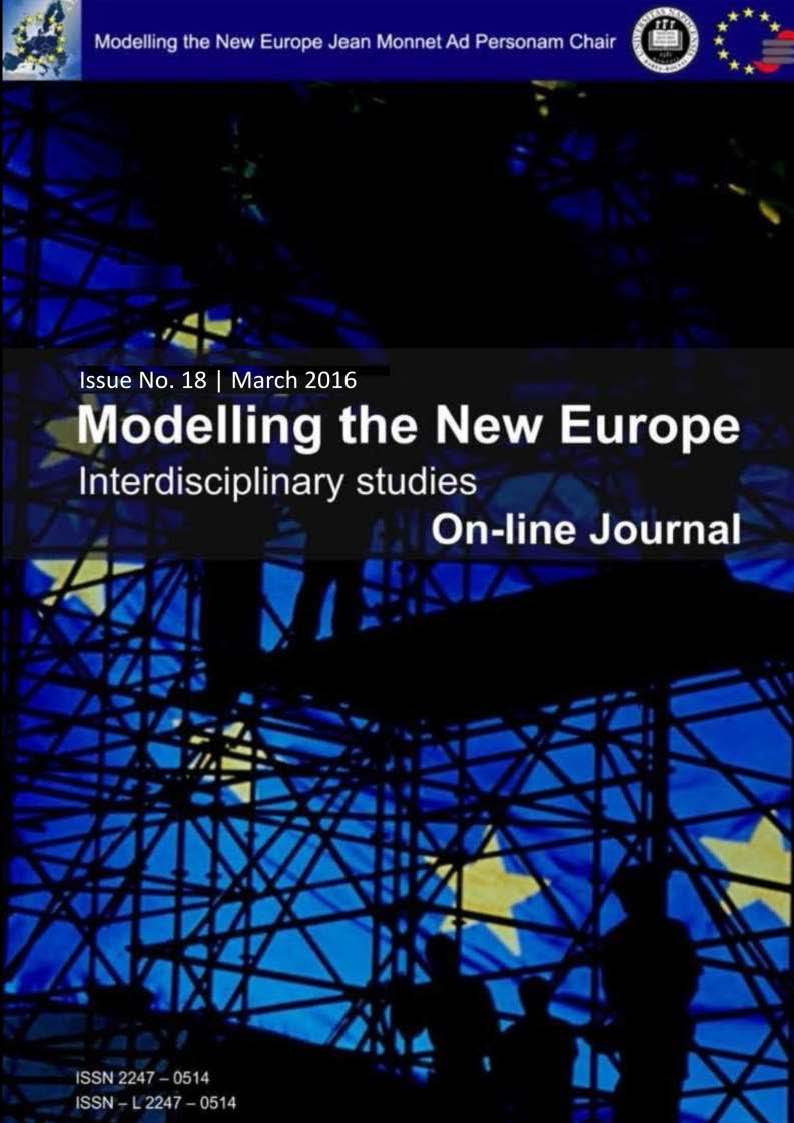REPRESENTATION OF PORTRAITS IN MURALS OF IMPORTANT WALLACHIA LEADERS FROM THE
SEVENTEENTH-EIGHTEENTH CENTURIES
REPRESENTATION OF PORTRAITS IN MURALS OF IMPORTANT WALLACHIA LEADERS FROM THE
SEVENTEENTH-EIGHTEENTH CENTURIES
Author(s): Lavinia-Elena VieruSubject(s): History, Fine Arts / Performing Arts
Published by: Facultatea de Studii Europene -Universitatea Babeş-Bolyai
Keywords: Votive painting; Mural art; Portrait; Composition
Summary/Abstract: Wallachia represents an interesting environment, not just for the Eastern European history itself, but also defines various expressions in mural art. The leaders are represented most of the times on the walls of churches that they have built. These paintings have many particularities, and, besides the clothing, the „votive” paintings, as we call them, are revealing good knowledge of the art of composition. It is like a single genre: „the votive painting”, but no work of this type looks like any other. Matei Basarab (1635-1654), Şerban Cantacuzino (1678-1688), Constantin Brâncoveanu (1688-1714), Constantin Mavrocordat (six times prince of Wallachia), are only a few who have their portraits integrated into the fresco surfaces. The paintings are hiding problems to resolve in dealing with the space, the light and the chromatic element. There are various representations of the same character, some contemporary, some made years after. It is there a sense of mystery in structure or in the semiotic of forms and even, the semiotic of some decoration. The portraits in murals represent a mirroring of a noble personality on a humble and yet, monumental surface: the wall of a church located in a forest or in an old town. Not just the personalities have their place in history, but also their portraits should have the proper place in the history of art.
Journal: Online Journal Modelling the New Europe
- Issue Year: 2016
- Issue No: 18
- Page Range: 85-102
- Page Count: 17
- Language: English

